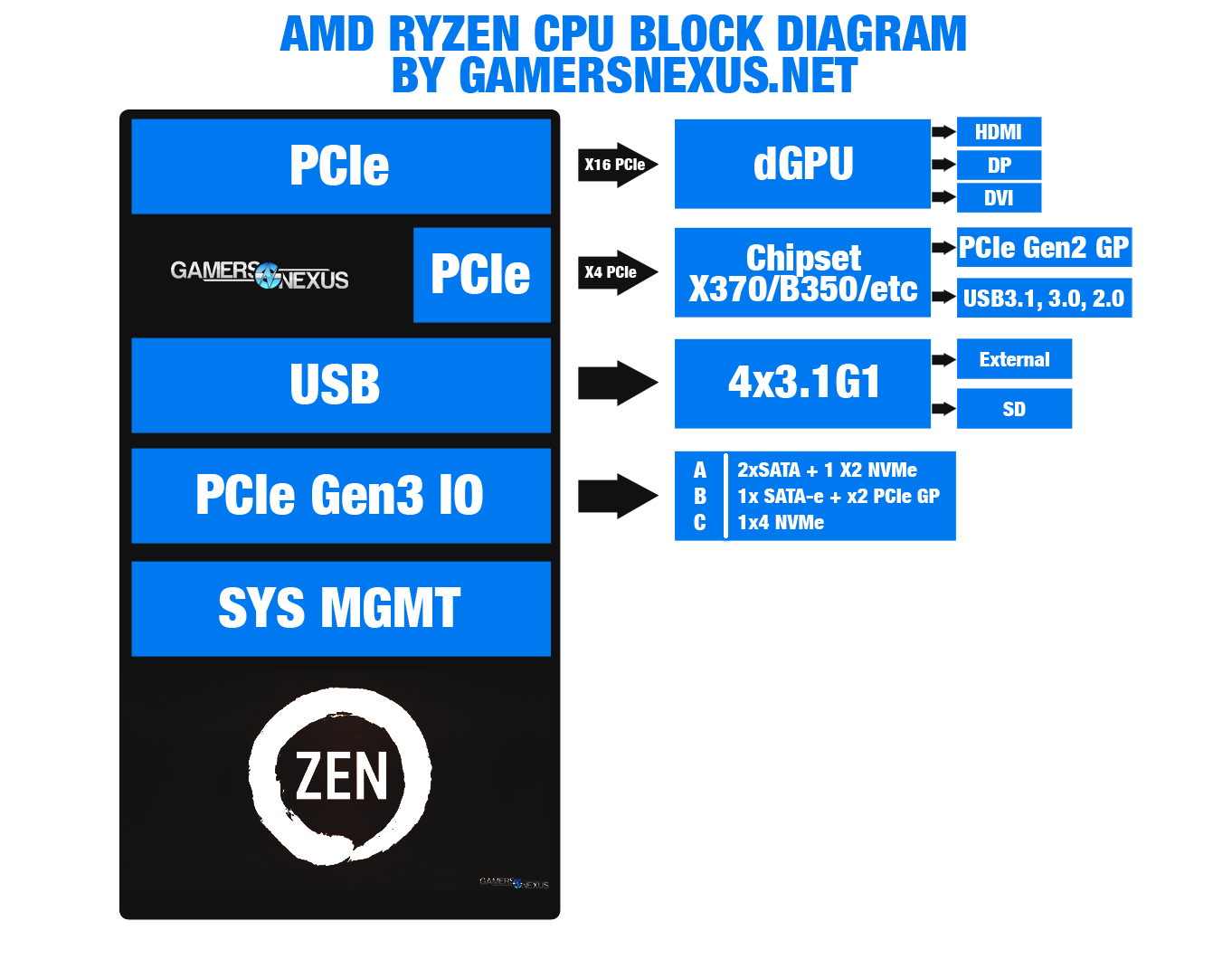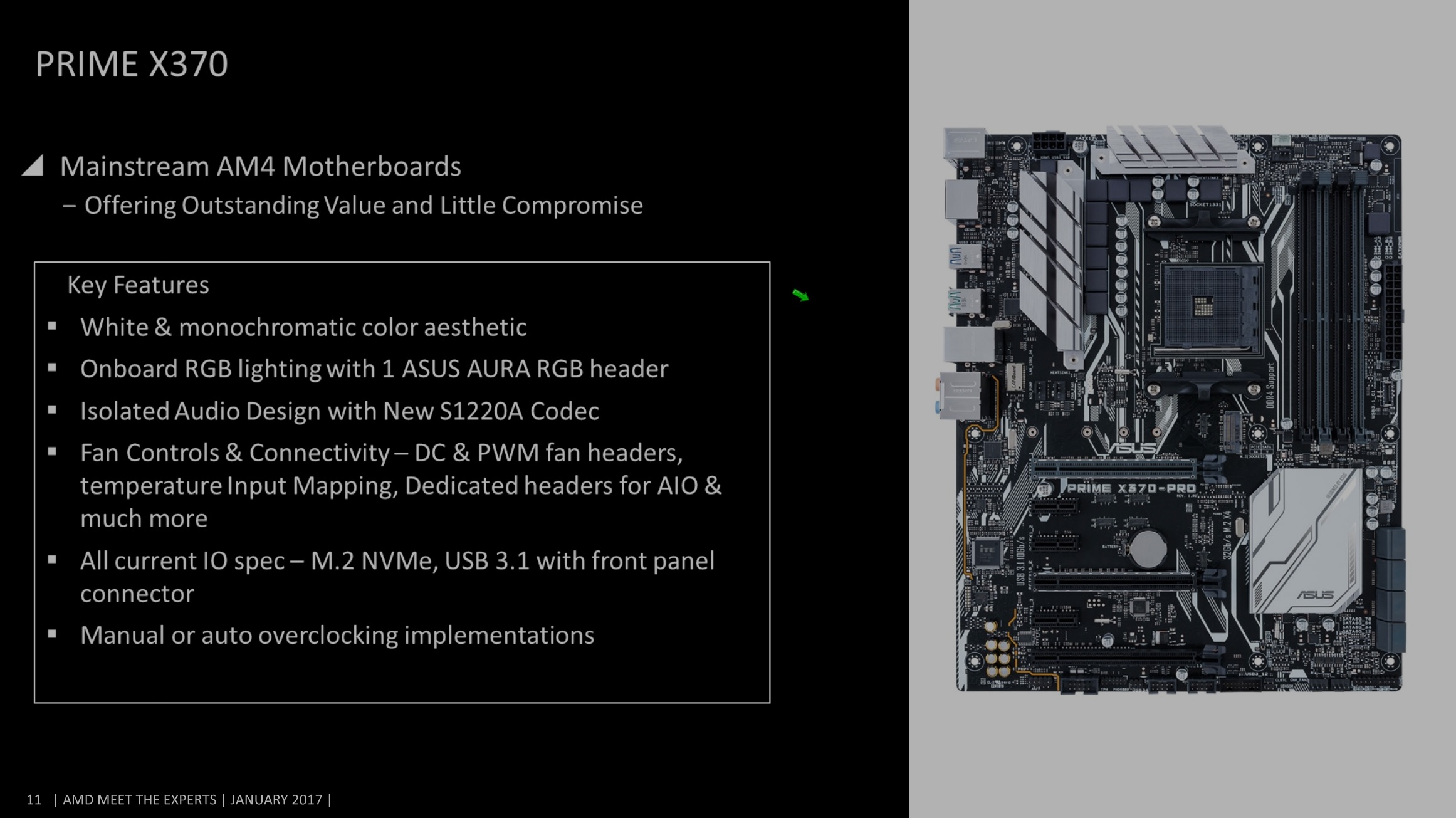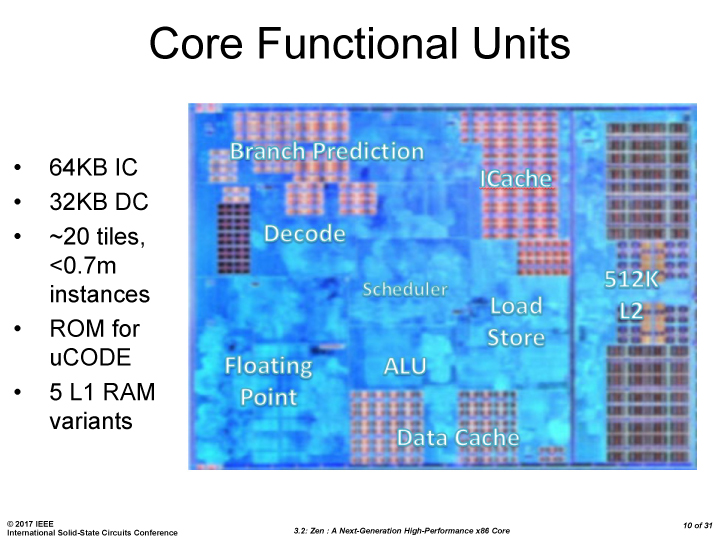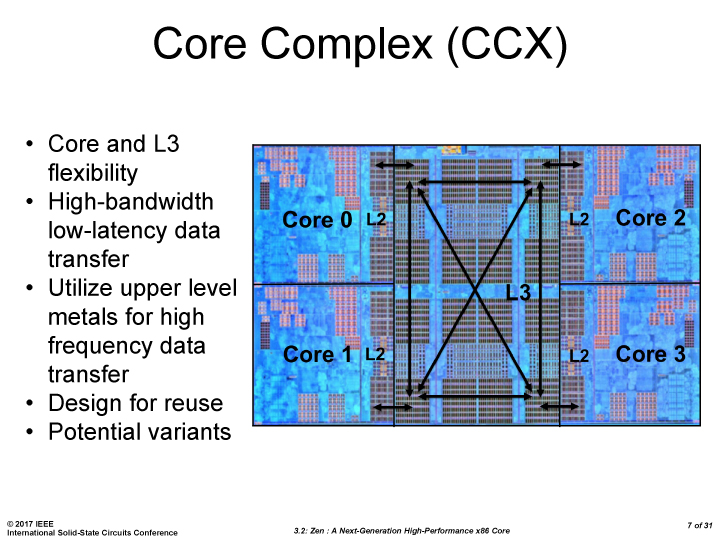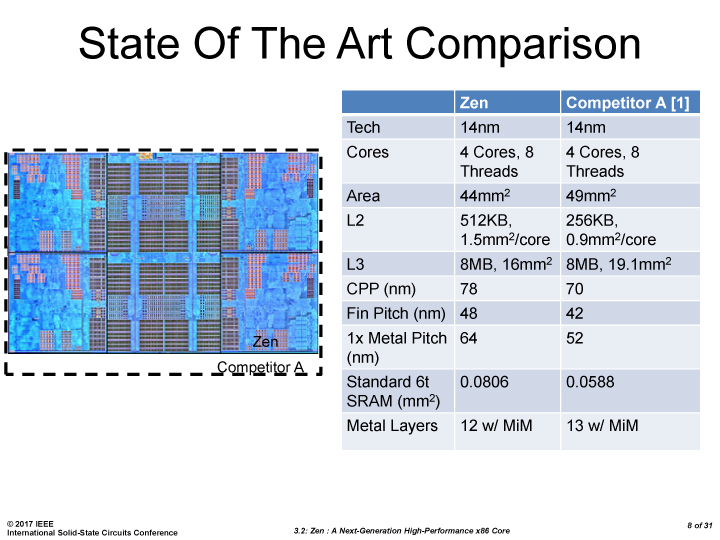We’ve got a lot of Ryzen news confirmations leading into the product’s inevitable launch, and will today be focusing on the stock coolers, ASUS X370 motherboards, and die shots of the Ryzen architecture.
And there’ll be more soon, of course!
We previously noted that some motherboards at CES contained text indicating support for an AMD “S3.0 Radiator,” which we could then only assume would be a stock cooler bundled with high-end Ryzen CPUs. This was plainly on display at CES, though we couldn’t get any official information on the cooler from AMD.
That said, through independent validation, we’ve learned that three stock coolers will ship for Ryzen CPUs, each labeled S1, S2, and S3. We don’t have a ton of information on these just yet, but we know the basics: The S1 stock cooler will be outfitted for 65W TDP CPUs; the S2 cooler will support 95W CPUs and is equipped with some form of RGB LED lighting; the S3 cooler is rated for 125W, so that’d be your OC unit, and provides color adjustment through an AMD MCU. We also know that some board vendors will have their own applications that allow color adjustment to the SR2 coolers.
As a side note, from what we understand, the package height of the Ryzen CPUs will be taller than AM3+ chips, hence the updated mounting kits.
ASUS Motherboards
ASUS’ immediate Ryzen lineup will be championed by the Crosshair VI Hero and Prime-series X370 motherboard, with Prime landing about where Strix normally lands in the marketing stack. Starting with the Prime X370 motherboard, we see that ASUS is running three full-length PCI-e slots, with two of them donning the ubiquitous “armor” that we’ve seen ticking every marketing box lately.
The top PCI-e slot on the Prime X370 is wired for x16, with the lower two wired for x8. Looking over the board closely, we can spot multi-GPU mux chips just above the CMOS battery, something we’ve seen on most AMD AM4 motherboards thus far, including MSI’s boards at CES 2017.
We’ve already created an AMD Ryzen block diagram for previous content to explain the lane assignment, but we’ll bring that back (above) for an overview. You can check our AM4 chipset differences video or article for the full break-down of this image.
Looking to the far right of the Prime X370 board, there are eight total SATA III slots rated at the usual 6Gbps, with one M.2 location above the top PCI-e x16 slot. It appears that this M.2 slot can run x4 PCIe or SATA.
Near the CPU socket are some large inductors for the VRM, which appears to use a heatsink that has actual fins for once, and an RGB header adjacent to the chassis and AIO Pump headers.
We’re expecting the Prime X370 to land between $150 and $180.
The other model, the Crosshair VI, hosts the same PCIe configuration, though with different MUXer layout, and has the same SATA III slot configuration. The M.2 port has been relocated just south of the chipset, out of the way of the GPUs, with the RGB header located just below the M.2 slot, near the water pump and USB3 headers.
Left of these, we see LN2 Mode pins, then a set of troubleshooting and boot buttons that are always nice to have.
One last noteworthy bit, there’s a USB3.1 Type A connector located near 24-pin power.
We’re expecting between $200 and $300 for the Crosshair board.
Biostar also announced motherboards officially the other day, but we already detailed those somewhat heavily in our post-CES coverage.
In other Ryzen news, die shots of the Ryzen architecture were also posted by Japanese site PC Watch.
More of AMD’s Core Complex module details have emerged over the past few days, including a die shot of the Ryzen architecture. The die shot mostly details things we already knew, like the presence of a single floating point unit and single integer unit per core, rather than Bulldozer’s old design of 1FPU shared between two integer units. The die shot also shows the layout of the Core Complex modules, which will contain four cores, each with their own L2 cache and flexible L3 cache split between them.
This isn’t particularly new information, but the images are. AMD plans to use this CPU design going forward, so there’s a good chance you’ll be seeing this for future generations.
AMD’s mostly at parity with Intel in terms of process at this point, though intel packs its 14nm process denser than AMD’s Ryzen architecture. We’ll dive more into the details of Ryzen chip layout in our eventual review of the CPU – be sure to subscribe for that coverage.
Stay tuned for more.
Editorial: Steve Burke
Video: Andrew Coleman
